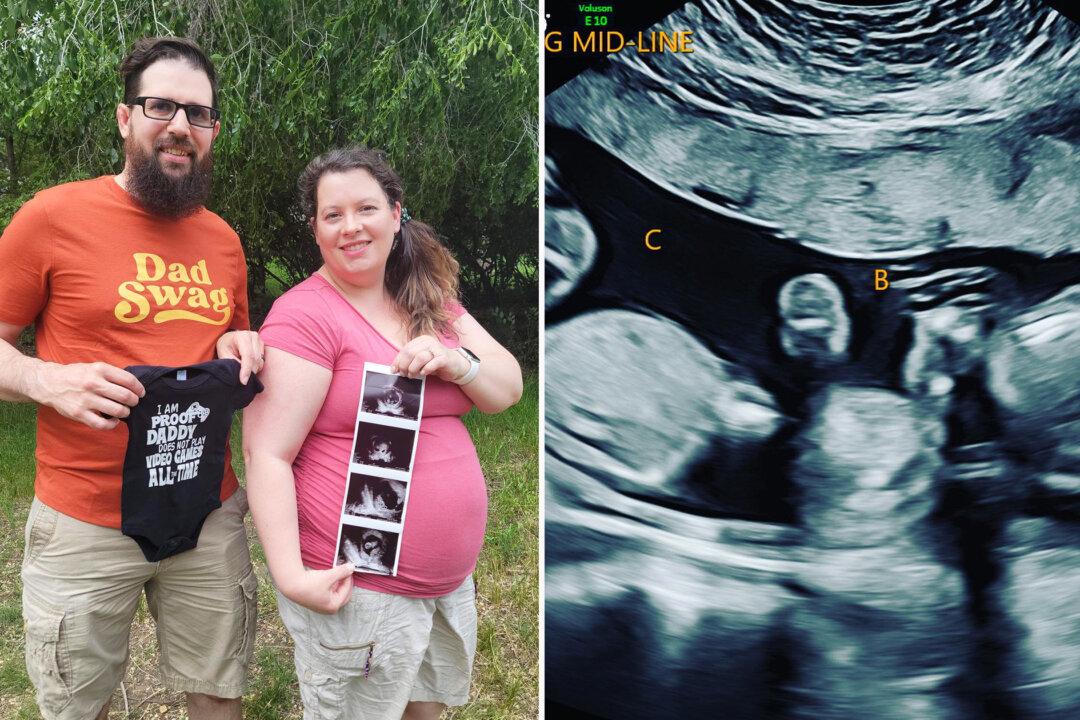A couple who wanted a baby girl were shocked when they found out that they were expecting not one, but three daughters—identical triplets.
Washington-born Heather Muscha Metcalf, 31, and her husband, Tyler Muscha, 37, are currently settled in Tyler’s home state of North Dakota in the town of Mandan. Heather has two children from her previous marriage: Teddy, 10, and Henry, 8. But the couple, who’ve been married for a year now, have also wanted a child together.





